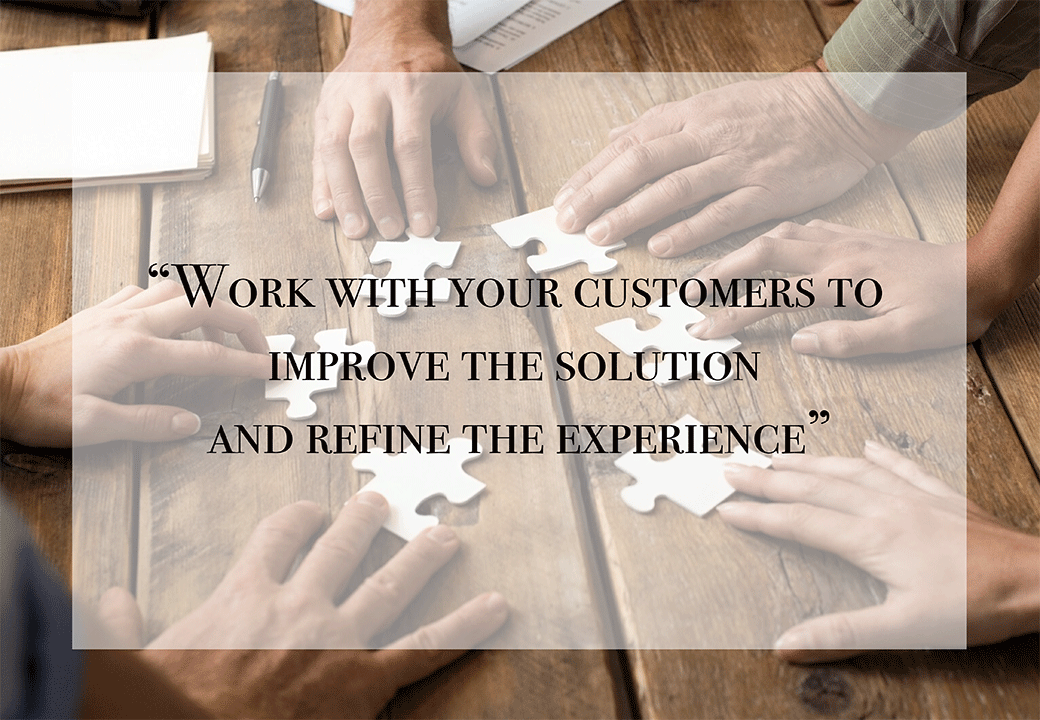Human instinct is designed to govern us toward pleasure and away from pain. We are neurologically wired for survival, which means the direction of our decisions and behaviors depends on the answer to the question: “Will it bring more pleasure or cause less pain?” We choose which products, services, and experiences we need and want based on what makes us safer or happier. That’s why an intimate relationship with the problem you’re solving is essential to the importance of your product in the marketplace. People will choose products that decrease their pain. You just have to know what the pain points are.
As your product develops, keep the answer to this question top of mind: What real problem is our customer facing? Post it somewhere so everyone on your team can see.
Deep insight into the problem you’re solving is essential for developing software that sticks around. There are dozens of possible solutions to any problem, so you can’t get married to a solution too soon (or maybe ever). But you can marry yourself to a problem until it is solved. Stay connected to the problem and hone your solution through iteration. This is an ongoing process. Work with your customers to improve the solution and refine the experience.

“Big problems induce empathy. They make us feel the customer’s pain—to the point that we can’t help but start trying to fix it. Great problems aren’t found sitting in the office. You have to get out. Spend time in the field listening intently and observing customers. You find a problem by witnessing people struggle or get frustrated.” – Brian Crofts, CPO at Pendo
Utilize the power of small teams
The best way to know if you’re solving the right problem and to see if your solution works is to launch before you’re ready. Work with a small, high-powered team to launch a Minimal Viable Product (MVP) to begin collecting real-world feedback as soon as possible. The only way to build an amazing product is to give people the chance to use it and respond. To design and deliver a great MVP, build a team that:
- Understands the problem
- Can scale up or down and onboard specialists as needed
- Delivers fast

“I believe big teams can kill a company. I have seen incredible talent lost on large teams because people no longer see their impact and eventually feel a diminished sense of accountability and motivation. Goals are not achieved, causing a knock on effect that ultimately impacts larger company goals.
Each of our teams, or pods, has its own local mission, strategy, and set of goals that they are laser-focused on. Each team member not only understands their individual part in achieving desired outcomes, but they truly feel their impact. Small teams are also much more agile than large teams, making it much easier to pivot strategies if needed—which every growing company will likely need to do at some point as they mature.” – Jeetu Patel, CPO at Box
What problem are you trying to solve, and who is on your team? Clear answers to these two questions will give your product a greater chance of becoming a solution people love.
Shoot us an email at us@bandofcoders.com
By Band of Coders